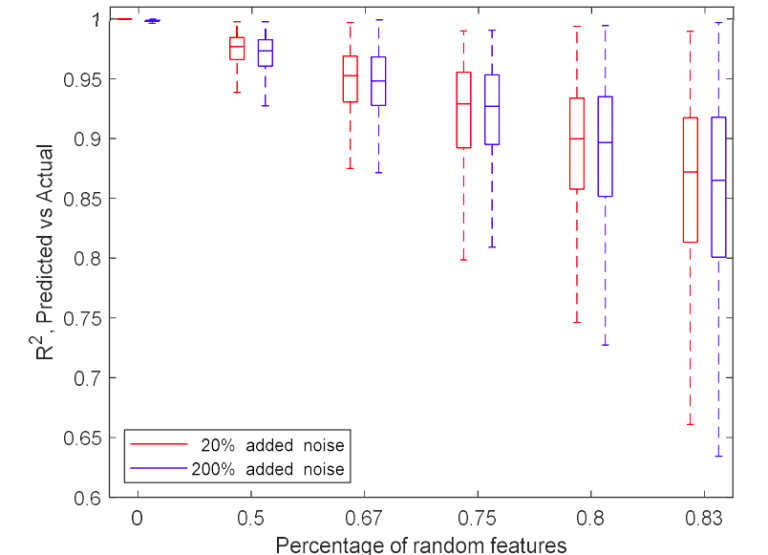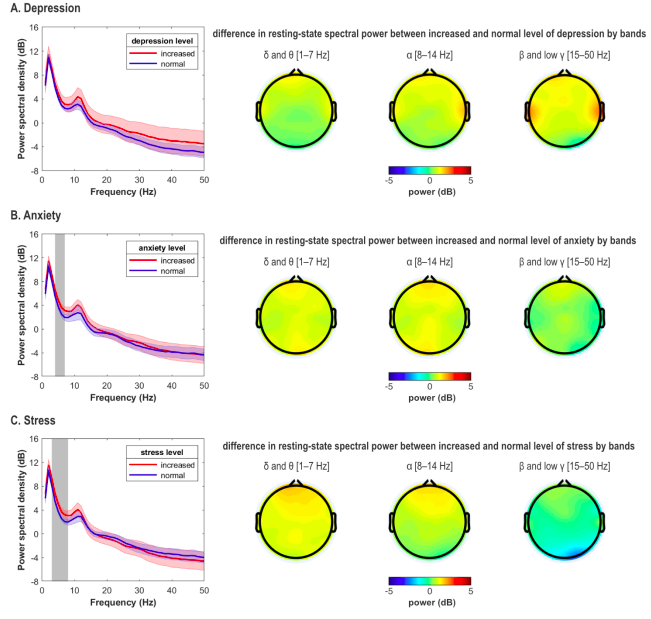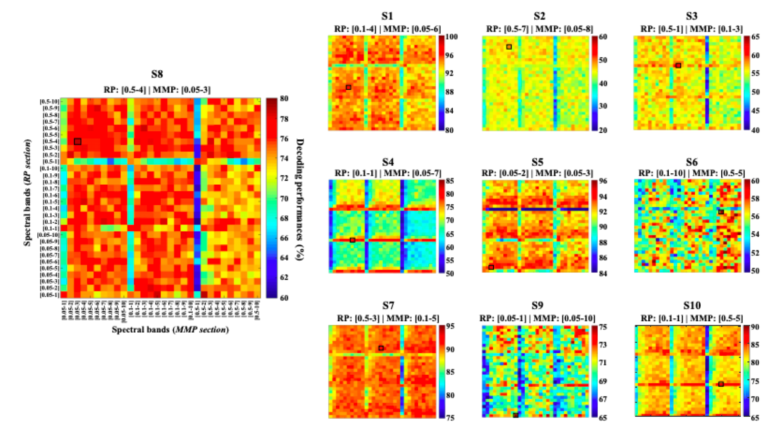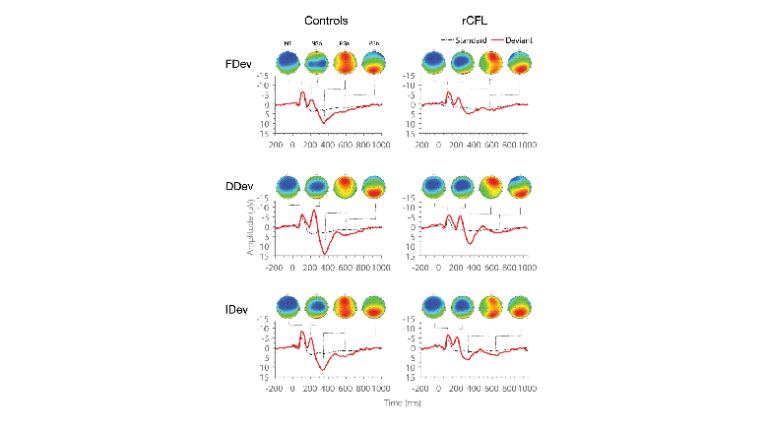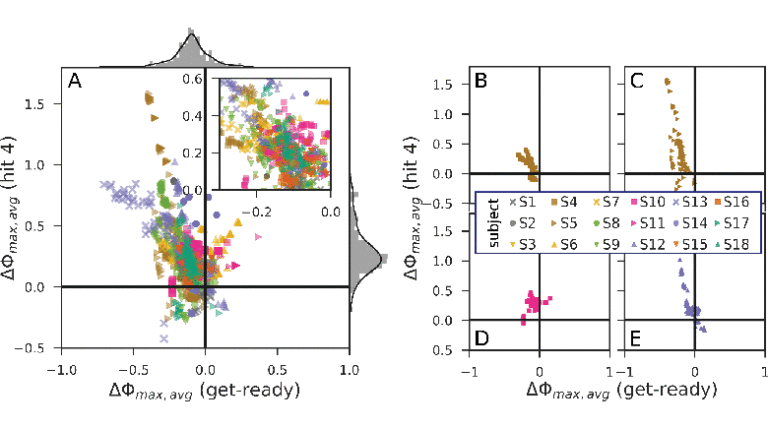Driver vigilance estimation is an important task for transportation safety. Wearable and portable brain-computer interface devices provide a powerful means for real-time monitoring of the vigilance level of drivers to…
read moreNon-parametric regression has been shown to be useful in extracting relevant features from Local Field Potential (LFP) signals for decoding motor intentions. Yet, in many instances, brain-computer interfaces (BCIs) rely…
read moreObjective: Recent advances in development of low-cost single-channel electroencephalography (EEG) headbands have opened new possibilities for applications in health monitoring and brain-computer interface (BCI) systems. These recorded EEG signals, however,…
read moreFugl-Meyer assessment is an accepted method of evaluating motor function for people with stroke. A challenge associated with this assessment is the availability of trained examiners to carry out the…
read moreUniversity students are routinely influenced by a variety of natural stressors and experience irregular sleep-wake cycles caused by the necessity to trade sleep for studying while dealing with academic assignments.…
read moreAn important challenge in developing a movement-related cortical potential (MRCP)-based brain-machine interface (BMI) is an accurate decoding of the user intention for real-world environments. However, the performance remains insufficient for…
read moreThere has been increased effort to understand the neurophysiological effects of concussion aimed to move diagnosis and identification beyond current subjective behavioral assessments that suffer from poor sensitivity. Recent…
read moreData-driven spatial filtering algorithms optimize scores, such as the contrast between two conditions to extract oscillatory brain signal components. Most machine learning approaches for the filter estimation, however, disregard…
read more
